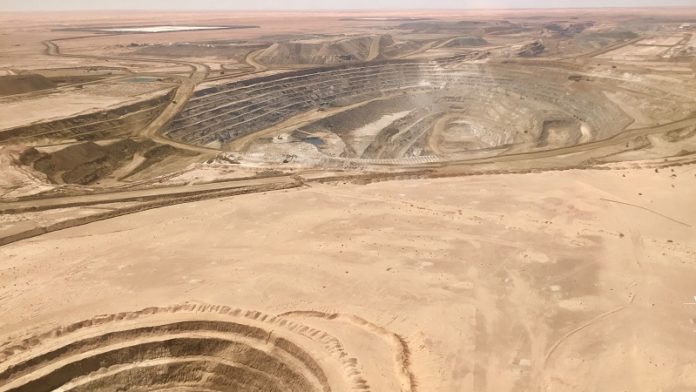
KINROSS Gold’s Tasiast mine in Mauritania emerged from the June quarter in relatively good shape despite interruptions caused by a 17-day strike and the Covid-19 pandemic.
The mine, which accounted for about 15% of Kinross’ June quarter gold output, produced 88,579 ounces in the period compared to 92,901 oz in last year’s June quarter. Gold sales were higher, however: up to 98,679 oz (2019: 94,748 oz).
Kinross said full-year production was unlikely to be heavily disturbed by Covid-19 which had resulted in deferrals of some stripping and associated capital expenditures. Stripping rates and capital expenditure for 2021 at were likely to be higher than expected in Tasiast mine’s technical report, however.
Work on a phase two expansion of Tasiast was also largely unaffected by the pandemic where supply chain lines have been interrupted. Kinross said work on the installation of power facilities had been delayed but civil works had “progressed well”.
Kinross last year approved the $150m expansion aimed at increasing gold production to an average of 563,000 oz/year between 2022 and 2028 from the 391,097 oz it mined in 2019.
Including Chirano mine in Ghana, Kinross derived 127,262 oz in West African gold production in the quarter compared to 146,250 oz last year for the June quarter. Sales of 138,763 oz were slightly below 2019’s 145,889 oz for the quarter.
Kinross announced in June it would overhaul Tasiast mine’s royalty agreement with the Mauritania government that could see the Canadian firm double the royalty were the gold price to average the current spot price of $1,717/oz.










